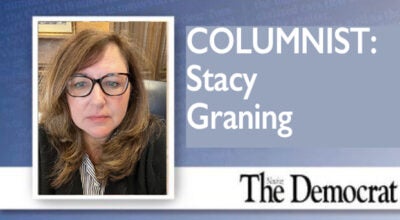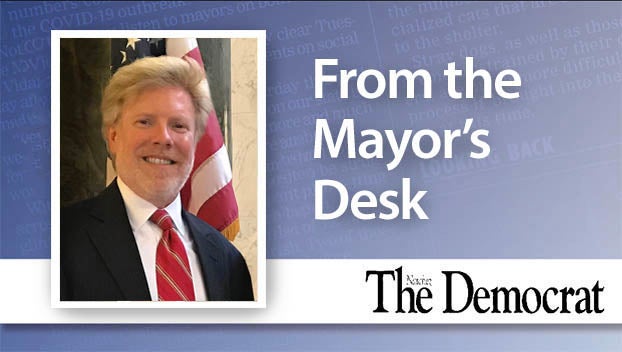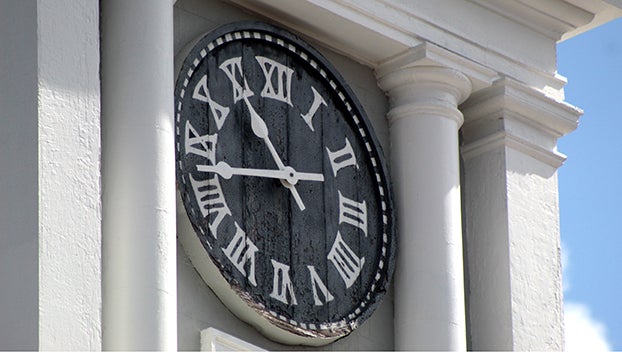The One Percent slaveholders
Published 12:21 am Wednesday, June 27, 2018
For 49 of the first 72 years of our constitutional system, 1789-1861, the President was a Southern slaveholder. The Chief Justice of the Supreme Court was a Southern slaveholder for 60 of the 72 years. Of the 34 men to serve on the Court, 19 had been Southern slaveholders. Thanks to some legislative conniving, they also wielded disproportionate influence in Congress.
All while, in 1860, only 6 percent of households in the U.S. owned slaves. And within those households, there were actually only 385,000 individual slaveowners out of a national population of 31 million. Of those slaveholders, half owned fewer than five slaves, only 12 percent were “planters” who owned more than 20, and one-tenth of 1 percent owned more than 100. And yet, this small minority, and particularly the elite within this minority, had dominated the federal government. Our so-called “democracy” was more truly a “slavocracy,” in thrall to what was America’s original, and nearly literal, One Percent.
This One Percent, of course, professed love of country, liberty and democracy. For most, though, this high-mindedness came with a stipulation that the preservation of white supremacist slavery took priority over all else. At the time of the American Revolution and again at the Constitutional Convention, most Southern slaveholders declared that they would support neither American independence nor the new charter of government if slavery was not guaranteed. Predictably, three generations later, with racial slavery threatened, the slavocrats set out to destroy that Constitutional Union. For them, race and slavery, more than freedom and patriotism, defined the nation.
Accordingly, in the decades before the Civil War, the One Percent treated constitutional liberties with contempt whenever slavery was at issue. At their bidding, says Eric Foner, a “veritable iron curtain” was drawn around the South, imposing “the most thorough-going repression of free thought, free speech and free press ever witnessed in an American community.” Anti-slavery orators were physically threatened; newspapers were burned; books were banned; college professors were fired. Private mail sent into the South from the North was routinely opened by postmasters and censored. To keep their slaves in shackles, the One Percent were more than willing to shackle white citizens as well.
In the North, the slavocrats had their collaborators — particularly owners of banks, brokerages, shipping companies, textile mills — who directly profited from slavery. But most northerners did not own a bank or a textile mill. Most, like Tom Lincoln, Abe’s father, were small farmers, artisans, tradesmen. Tom had left the South to escape the slavocracy’s dominant influence, but across the antebellum decades, it was becoming apparent that it endangered democracy in all of America, not only the South.
This perceived threat to whites’ liberties, more than concern over the denial of blacks’ liberties, roused the average northerner to anger. Historian Leonard Richards puts a fine point on the resentment — “Men and women could differ on scores of issues, hate blacks or like them, denounce slavery as a sin or guarantee its protection in the Deep South, and still denigrate the ‘slavocracy.” They may or may not have loved the slave, but they hated the slavemasters “with a passion.”
In sum, the slave-society of the Antebellum South was a police state within a democracy, suppressing blacks, and, to a lesser degree, whites. It was a cancer in this nation’s gut. More than Nazis or Communists, far more than Islamists or brown-skinned immigrants, white supremacist slavery endangered our constitutional system. Long before 1861, it and its ruling slavocrats — some of them my ancestors — were mortal threats to this Republic’s survival.
JIM WIGGINS is a retired Copiah-Lincoln Community College history instructor.






